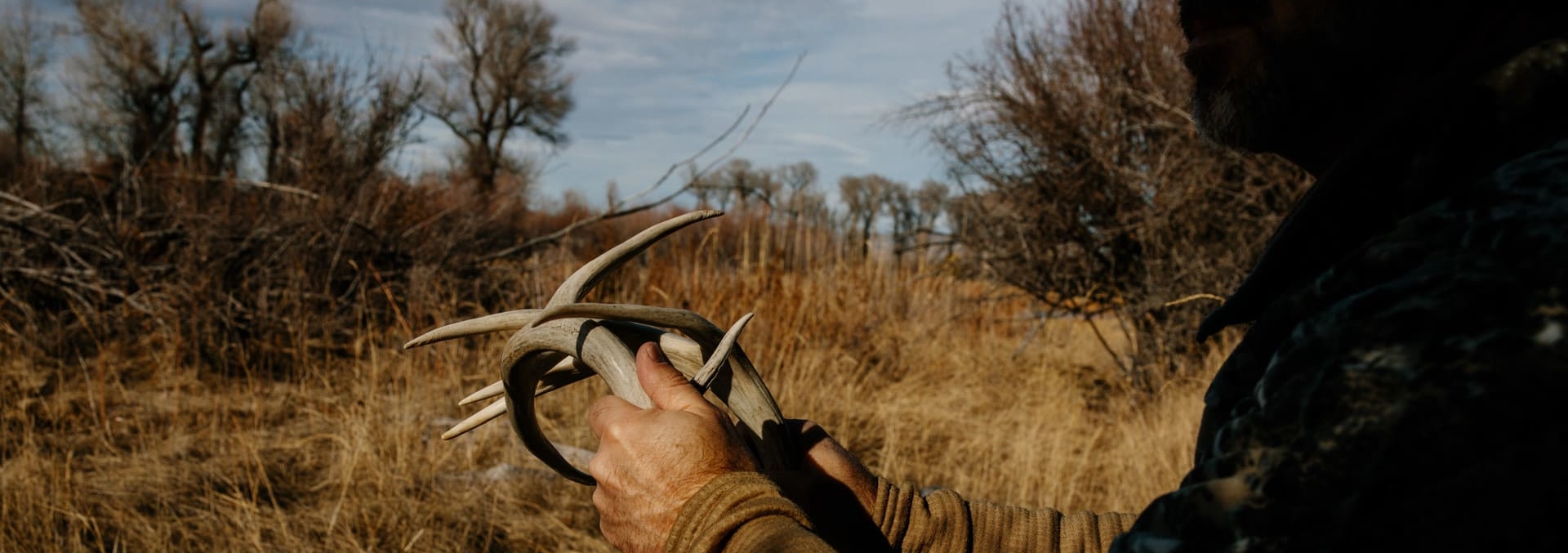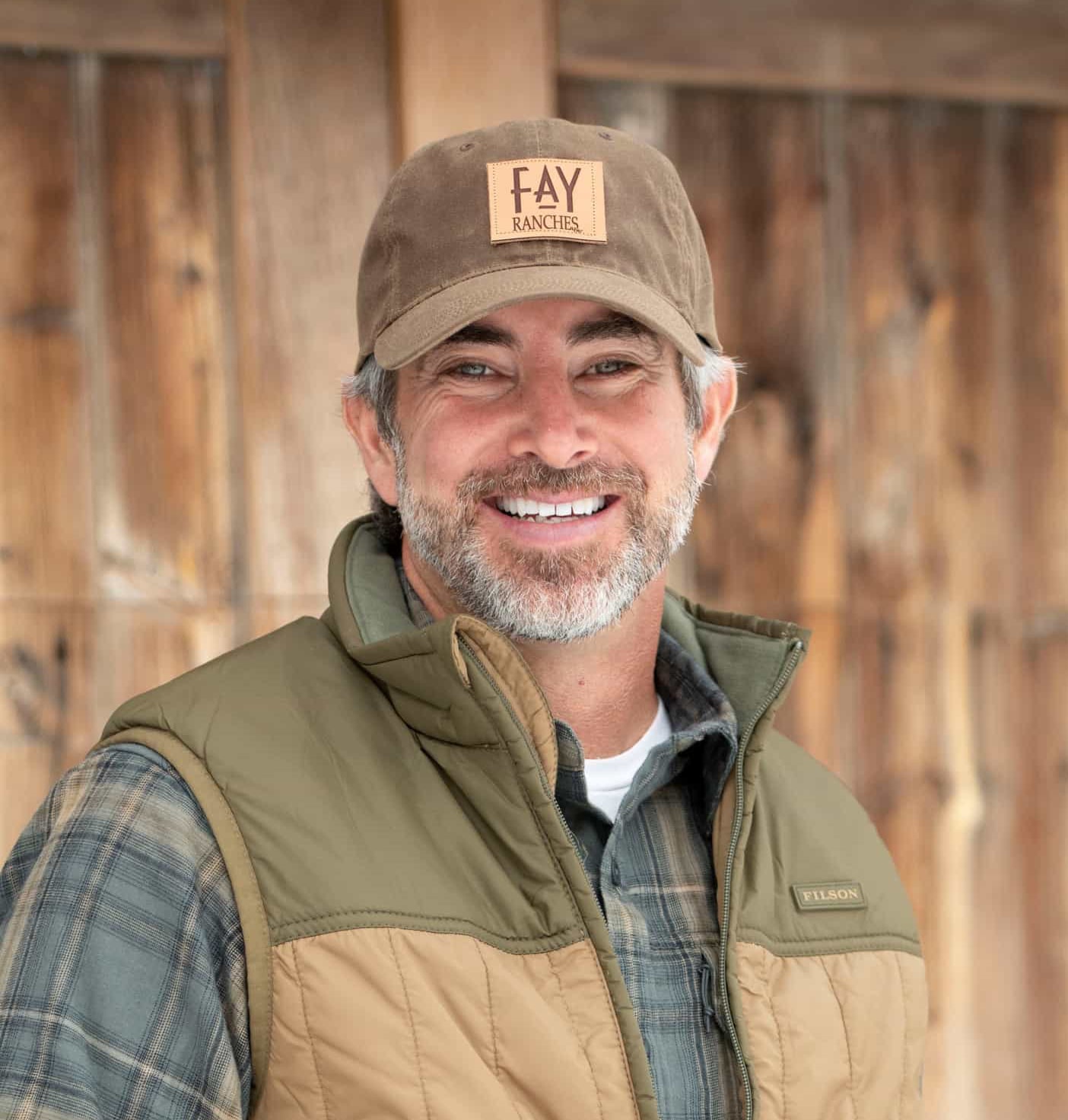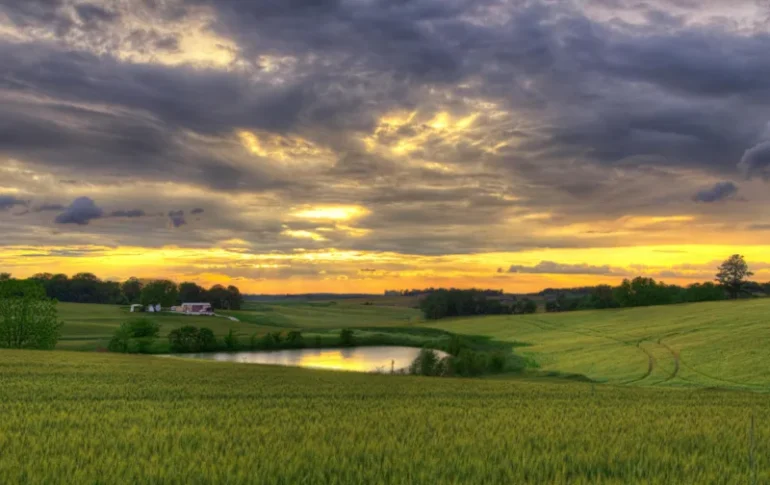5 Simple Steps to a Better Whitetail property
By Ryan Bramlette, Ranch Sales, Fay Ranches
Are you maximizing the whitetail sporting experience on your property?
Landowners across the Midwest and Texas commonly invest large amounts of time and resources into comprehensive whitetail management plans. Understandably so, as these areas are known for producing world-class Whitetails.
However, as a self-proclaimed “Whitetail Freak” and certified QDMA Deer Steward involved in managing whitetail on several properties, I can tell you that you do not have to own farmland in Iowa, nor do you need to exhaust significant amounts of time or money, to improve the whitetail hunting on your property. Here are five simple and low-maintenance tips that can help turn your property into a whitetail hotbed.
Tip #1: Have a Goal
Do you want to see lots of deer, or do you want to get the most out of the bucks on your property? How many family and friends would you like to be able to hunt effectively at any one time? Perhaps you would like to share your property with supervised youth hunters, or veterans? What kind of hunting will be done, Rifle, Archery or both?
Answering questions such as these will help you mentally organize what you are trying to accomplish. If you want to regularly share the property with family and friends, then your strategy may be completely different than if you are trying to maximize the growth of your buck population. The bottom line, think about what you are trying to achieve and make it a goal.
Tip # 2: Know your numbers
No matter the objective, having a general understanding of what the deer population on your property looks like so you can make adjustments that align with your goal, is vital.
There are more thorough and scientific methods to dialing in your deer numbers, but for this article, let’s keep it simple. First, while on your property, simply document the number of antlerless deer VS Bucks you see. Over time, you can tally up your numbers and come up with a general estimate. Another effective way to evaluate your herd is by placing trail cameras in strategic locations around food, water, scrapes/rubs that are low impact. Besides the excitement that comes with pulling cards from your trail cameras, the pictures can be valuable to help estimate your buck and antlerless deer numbers. Of course, the accuracy of both methods increases if done periodically over a few months. (Multiple observations from August through December as an example).
Evaluating and tracking your deer numbers will provide you with valuable intel that will help you implement a harvest plan that is consistent with your objective.
- Is the overall deer density and buck: doe ratio in alignment with your goals? If you are looking for quantity, you will still need to harvest some does, but likely not as many as if you are looking to maximize the quality of your bucks.
- What does fawn recruitment on the property appear to be? If you are seeing less than 1 to 1.5 fawns for each doe, your habitat may be unhealthy, causing the need to increase your doe harvest until you start seeing more fawns.
- How many mature bucks are on the property? How does that compare to the goal?
Having a general understanding of what these numbers look like will help you determine the realistic doe and buck harvest goals for the property during a given year.
Tip #3: Sanctuaries are key
Regardless of your goal, Deer must feel safe on your land. Ideally, about 2/3 of the deer cover on your property should be off-limits to hunter infringement besides off-season scouting and maybe one or two tree stand sits a year. A good rule of thumb is that if you cannot enter and exit the area without bumping deer, you should leave it as a sanctuary. If a deer needs to be retrieved in a sanctuary, it is best to do that at night.
The idea of a sanctuary is to provide areas on your property where deer feel safe to move around during daylight hours and draw additional deer onto your property during hunting season.
Tip #4: Think hard about stand placement
It is incredibly tempting to hang stands in your sanctuaries, and I would suggest you should if you can maintain discipline. Allowing yourself to sit in these stand locations once or twice a year during the rut, as an example, can be incredibly fun.
However, for the balance of your stand locations, the goal should be low impact and high odds. Start the season hunting the fringes. (You should have enough low impact stand locations to accommodate the number of hunters you would allow to hunt at any one time). You want your entire property to be hunting well for the entire season, so blowing out deer by going in deep at the beginning of the season is simply not productive. As the year unfolds, allow yourself to go deeper into the property and hit those “special stands”.
3 tips to remember for stand location:
- Do most of your stand placement in the offseason, spring being the best time of year.
- If it hunts low impact, its fair game.
- Scent Control/ Access: Getting in and out of stand locations without being detected should be the goal for every stand. The worst-case scenario should be access routes that bump deer deeper into your property VS off your property.
Tip #5: Land Improvement is more than just food plots
Ideally, the layout of your land improvements creates deer flow through low impact/ high odd stand locations. You want the improvements to enhance the health of your deer and encourage deer to spend their daylight hours on your property.
Food plots are an obvious option that can have a dramatically positive impact on your wildlife and habitat, but there are complimentary and/or alternative options that require less maintenance.
Planting fruit trees, creating man-made pinch points, hinge cutting to improve bedding areas, manmade scrapes/rubs/licking branches and improving access points using plants such as Egyptian Wheat are all low maintenance methods to enhance your property and help achieve your whitetail property goals.
Adopting some or all of these tips will help you hunt in low impact methods, manage your deer population to your goals, invite game to stay on your property during daylight hours and most importantly, produce a quality hunting experience on your property.






